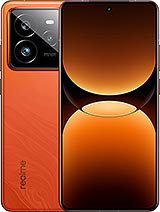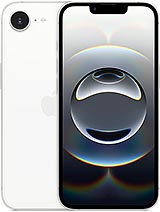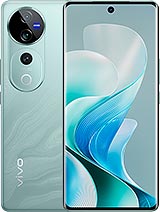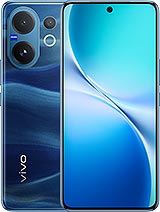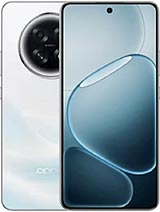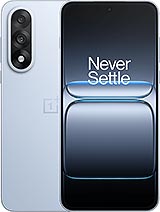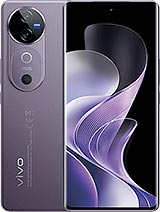iQOO 13 alternatives
Tap above to see alternatives.
Vivo V40 alternatives
Tap above to see alternatives.
2x4.32 GHz Oryon V2 Phoenix L
6x3.53 GHz Oryon V2 Phoenix M
1x2.63 GHz Cortex-A715
3x2.4 GHz Cortex-A715
4x1.8 GHz Cortex-A510
16GB 512GB (UFS 4.0)
8GB 256GB (UFS 2.2)
12GB 512GB (UFS 2.2)
f/1.9, 23mm (wide), 1/1.56", 1.0µm, PDAF, OIS
50 MP
f/1.9, 50mm (telephoto), 1/2.93", 0.6µm, PDAF, OIS, 2x optical zoom
50 MP
f/2.0, 15mm (ultrawide), 1/2.76", 0.64µm, AF
f/1.9, 24mm (wide), 1/1.56", 1.0µm, PDAF, OIS
50 MP
f/2.0, 15mm, 119˚ (ultrawide), 1/2.76", 0.64µm, AF
4K@24/30/60fps
1080p@30/60/120/240fps
1080p@30fps
f/2.5, 28mm (wide), 1/3.15", 0.7µm
f/2.0, 21mm (wide), 1/2.76", 0.64µm, AF
1080p@30/60fps
1080p@30fps
SIM1: Nano, SIM2: Nano
SIM1: Nano, SIM2: Nano
12 5G bands
n1, n3, n5, n7, n8, n20, n28, n38, n40, n41, n77, n78
8 5G bands
n1, n3, n5, n8, n28, n40, n77, n78
In this performance comparison, the iQOO 13 with its Qualcomm Snapdragon 8 Elite (3nm) performs better than the Vivo V40 with the Qualcomm Snapdragon 7 Gen 3 (4nm), thanks to superior chipset efficiency.
iQOO 13 offers 4 years of OS updates, whereas Vivo V40 provides 3 years. For security updates, iQOO 13 offers 5 years of support compared to Vivo V40's 4 years.
Both iQOO 13 and Vivo V40 feature AMOLED displays, offering vibrant colors and deeper blacks. In terms of smoothness, iQOO 13 offers a higher 144 Hz refresh rate, ensuring fluid scrolling and animations. Both devices deliver the same brightness level at 4500 nits. Notably, iQOO 13 offers a higher screen resolution, resulting in sharper visuals and more detailed content.
iQOO 13 comes with a larger 6000 mAh battery, which may offer longer usage on a single charge. iQOO 13 also supports faster wired charging at 120W, compared to 80W on Vivo V40.
Both phones feature the same IP68 rating for water and dust resistance.
- iQOO 13 – Check price here
- Vivo V40 – Check price here
¹ Scores can vary even with the same chipset due to RAM, thermals, and software optimization.



